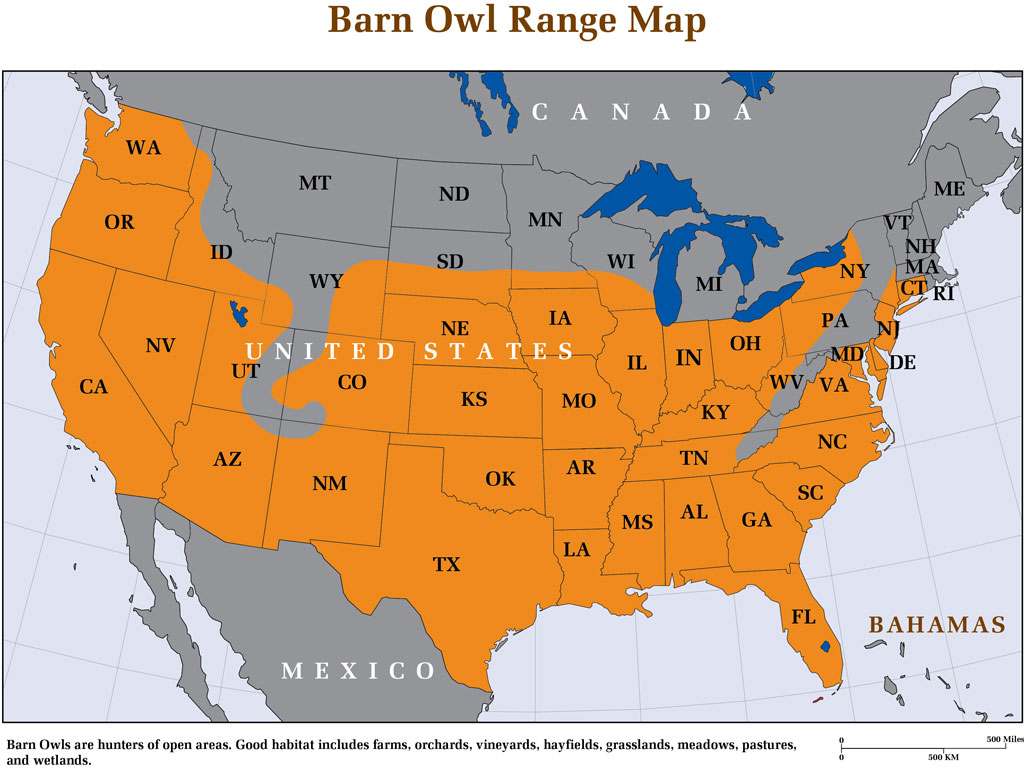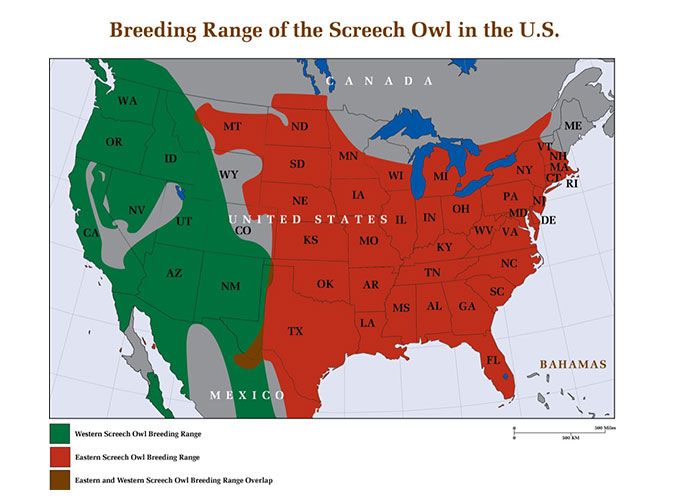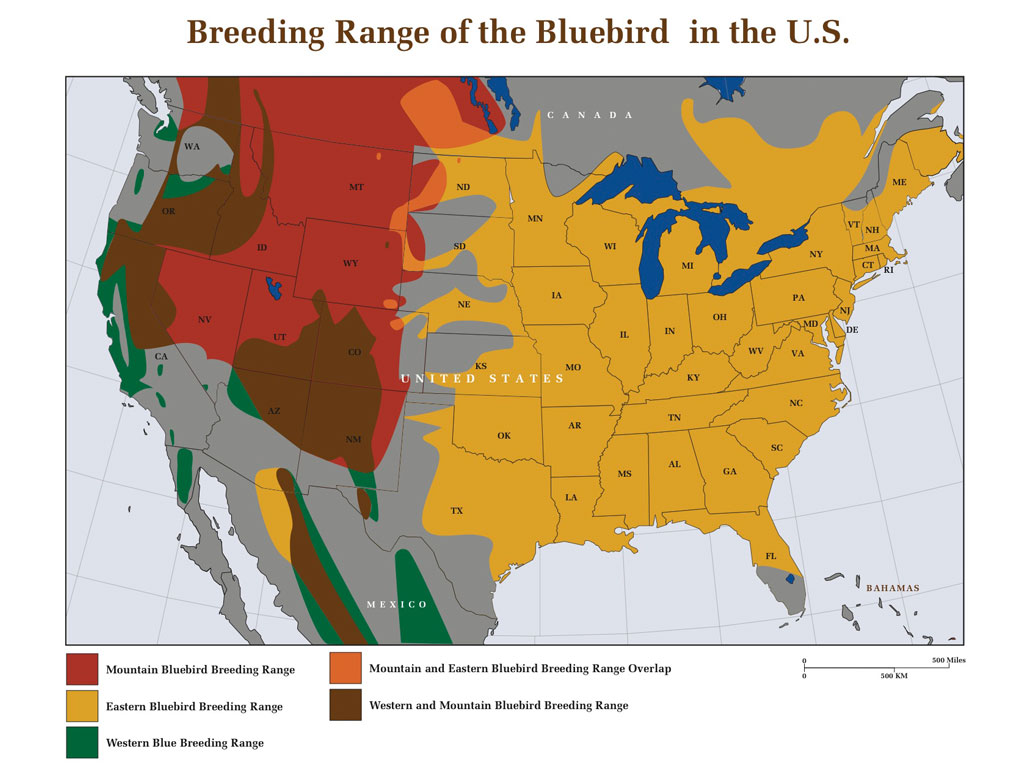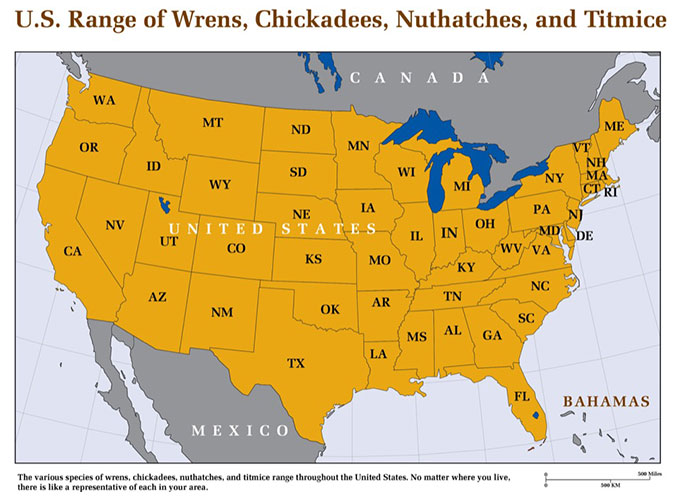Free Shipping to the Contiguous United States
Blackfly Resistant Bluebird House
New Bluebird House Resists Blackflies
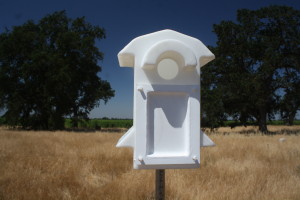
One of the most insidious invaders of bluebird nests is the blackfly, also known as the buffalo gnat. These bloodsucking insects prey upon any warm blooded host they can find, including birds and mammals (and humans). Almost 1800 species exist in the family Simuliidae; some are actually black, others can be gray, green, or tan. But the species hardly matters when it comes to failed bluebird nests.
Blackflies can swarm in huge numbers, and the resulting blood loss to young birds can easily be fatal. Blackflies can be the most prevalent cause of failed bluebird clutches, especially in the Midwest. However, outbreaks can occur as far south as the Gulf States. Fortunately, our new design for a bluebird house is the first on the market to address the issue of blackflies.
Blackfly Biology
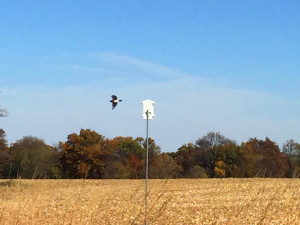
The blackfly earns the name “buffalo gnat” due to its humped back that calls to mind the shape of the buffalo. Both the male and female feed on plant nectar, but it is the females that must have blood meals to produce eggs. These flying insects appear in late spring and early summer when bluebird chicks are at their most vulnerable. Blackflies locate their prey just as mosquitos do–through detecting carbon dioxide exhaled from warm blooded animals. They follow these trails of carbon dioxide directly to their host, use cutting mandibles to open up skin, and then gorge on the blood flow. Their bites are painful and irritating, and often become infected, if not fatal.
The Blackfly Resistant Bluebird House
When we set out to design a cutting-edge bluebird house, we took our time to study the various needs of both bluebirds and bluebird enthusiasts . We were aware that bluebirds suffer from having their homes absconded by house sparrows and that certain parasites, blackflies in particular, caused widespread nest failure. Since various research studies had revealed that house sparrows shunned well-lit nest boxes and that blackflies were attracted to dark colors, our design formed itself beautifully: a bright white plastic nest box that not only shunned house sparrows and blackflies, but resisted the absorption of solar energy and therefore remained cool in full sun.
Vent Plugs to Keep Blackflies Out
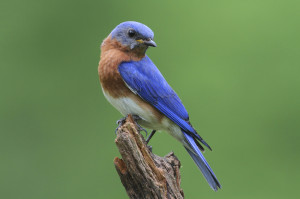 To further reduce attracting blackflies, we also included plastic inserts to plug all of the vent holes to eliminate the exhalation of carbon dioxide into the air around the nest boxes. These plugs also can be used in all or in part when spring temperatures may make the nest box too cool. Other features of the Bluebird House include a robust rain guard over the entrance hole, entrance hole dimensions that accommodate the Eastern, Western, and Mountain Bluebirds, an interior ladder, and a molded-in channel in the rear that accepts a half inch diameter pole. All in all, we created what we believe to be the best, most innovative bluebird house on the market.
To further reduce attracting blackflies, we also included plastic inserts to plug all of the vent holes to eliminate the exhalation of carbon dioxide into the air around the nest boxes. These plugs also can be used in all or in part when spring temperatures may make the nest box too cool. Other features of the Bluebird House include a robust rain guard over the entrance hole, entrance hole dimensions that accommodate the Eastern, Western, and Mountain Bluebirds, an interior ladder, and a molded-in channel in the rear that accepts a half inch diameter pole. All in all, we created what we believe to be the best, most innovative bluebird house on the market.
For more information, visit our Bluebird House page.

